
Picking out a new MacBook isn’t as easy as it used to be.
The hardest choice in the lineup might be between the 15-inch MacBook Air and the 14-inch MacBook Pro. Both are now offered with the same M3 chip, despite there being a $300 difference in the base models. But when similarly configured, there’s actually only a $100 difference between these two
Having reviewed and used both
The easy way to know which to buy
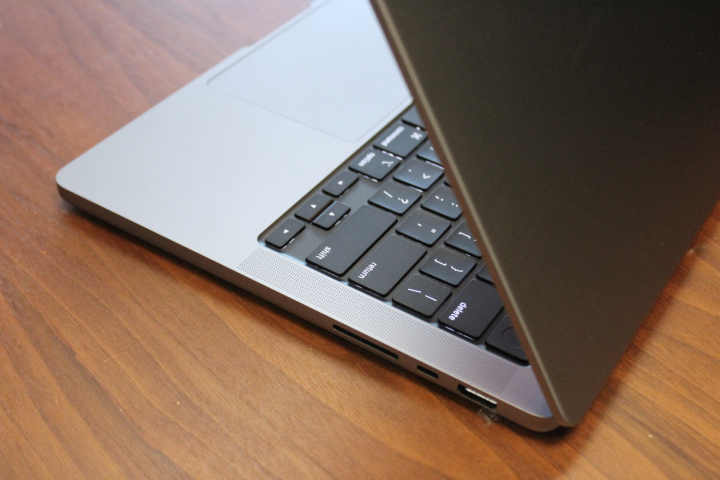
Now that the 15-inch MacBook Air and 14-inch MacBook Pro both come with the base M3 as an option, it’s even more difficult to know which to buy. Obviously, if you need a bunch of extra performance, the MacBook Pro is the way to go, but you need to configure it up to an M3 Pro or M3 Max. Despite the fact that the 15-inch MacBook Air is fanless (unlike the MacBook Pro), you can expect fairly similar performance from the M3 in both
With that out of the way, the biggest reason to spend an extra $100 on the 14-inch MacBook Pro is its benefits as a multimedia device. The screen is a higher resolution, mini-LED 120Hz display that’s capable of some fantastic
As mentioned, there’s only a $100 difference between these two
If that doesn’t solve the answer straightaway though, read on to get a breakdown of how each aspect of these two MacBooks differs.
Specs
| Apple MacBook Air 15 | Apple MacBook Pro 14 | |
| Dimensions | 13.40 inches x 9.35 inches by 0.45 inches | 12.31 inches x 8.71 inches x 0.60 inches |
| Weight | 3.3 pounds | 3.5 pounds |
| Processor | Apple M3 (8 cores) | Apple M3 (8-core) Apple M3 Pro (11-core, 12-core) Apple M2 Max (14-core, 16-core) |
| Graphics | 10-core GPU | M3: 10-core M3 Pro: 14-core, 18-core M3 Max: 30-core, 40-core |
| RAM | 8GB 16GB 24GB |
M3: 8GB to 24GB M3 Pro: 18GB to 128GB M3 Max: 36GB to 128GB |
| Display | 15.3-inch 16:10 Liquid Retina IPS 2880 x 1864 | 14.2-inch 16:10 Liquid Retina XDR 3024 x 1964 |
| Storage | 256GB SSD 512GB SSD 1TB SSD 2TB SSD |
512GB SSD 1TB SSD 2TB SSD 4TB SSD 8TB SSD |
| Touch | No | No |
| Ports | 2 x USB-C with Thunderbolt 4 1 x 3.5mm audio jack |
3 x USB-C with Thunderbolt 4 1 x HDMI 2.0 1 x 3.5mm audio jack SD card reader |
| Wireless | Wi-Fi 6E and Bluetooth 5.3 | Wi-Fi 6E and Bluetooth 5.3 |
| Webcam | 1080p | 1080p |
| Operating system | MacOS Monterey | MacOS Monterey |
| Battery | 66.5 watt-hour | 70 watt-hour |
| Price | $1,299+ | $1,999+ |
Design
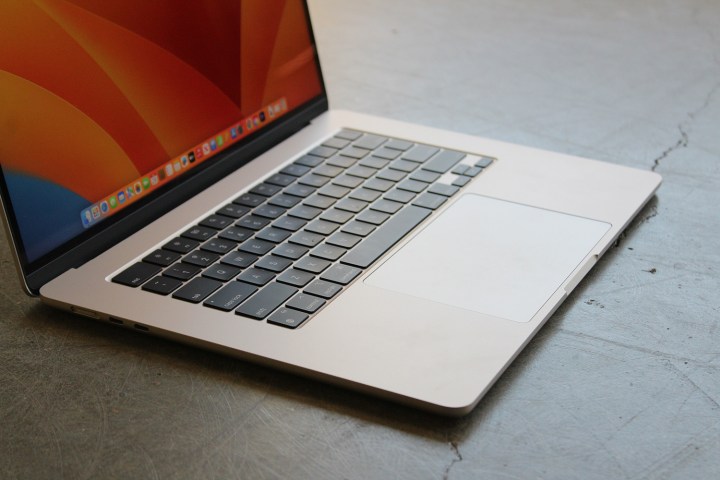
The MacBook Air 15-inch uses the same design as the 13-inch MacBook Air. It’s not dissimilar to the 14-inch MacBook Pro, but the design deviates in a few important ways. The most important difference is in size. An inch difference in screen size doesn’t sound like a lot, but the 15-inch MacBook Air also has slightly thicker bezels, adding even more to the overall footprint of the device. When you put these
Thickness and weight are the other main points of difference in terms of size. The MacBook Air 15-inch is just 0.45 inches compared to the 0.6 inches of the MacBook Pro 14-inch. The MacBook Air really is the thinnest 15-inch laptop you can buy right now — and it really does look sleek next to the MacBook Pro. The two
From a design perspective, the other differences include the keyboard, which doesn’t have the killer black backdrop like the MacBook Pro. It also doesn’t have the on-deck speaker grille cutouts.
Lastly, you also get some more color options with the MacBook Air, including Starlight, Midnight, Silver, and Space Grey. The MacBook Pro is limited to just Silver and Space Grey.
Ports
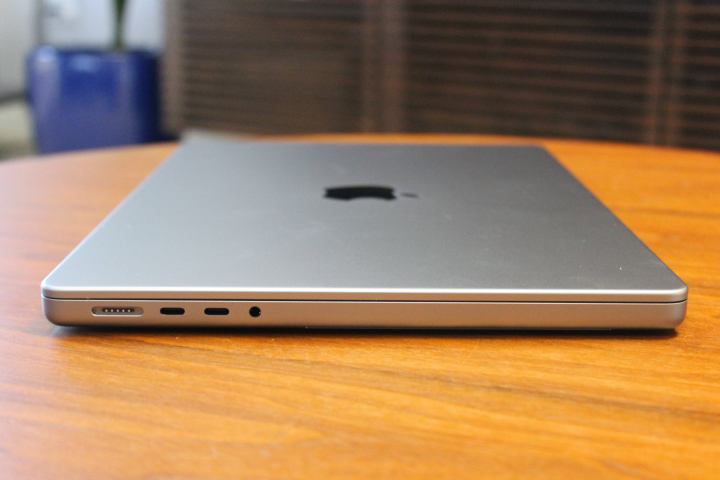
The MacBook Air 15 has less connectivity than the MacBook Pro 14, with just two Thunderbolt 4 ports and an audio jack (like the MacBook Air 13-inch). The MacBook Pro 14 M3 comes with just two
That makes the MacBook Pro 14 a lot more expandable. Both utilize MagSafe 3 chargers, though, saving a
Configured with the base M3 CPU, both
The MacBook Pro 14 with the M3 Pro and Max can handle two external displays, one at 6K/60Hz over
The faster models can handle also up to four external displays, three at 6K/60Hz via
The MacBook Pro 14 Pro or Max is the laptop for you if you need more than just a single external display.
Performance
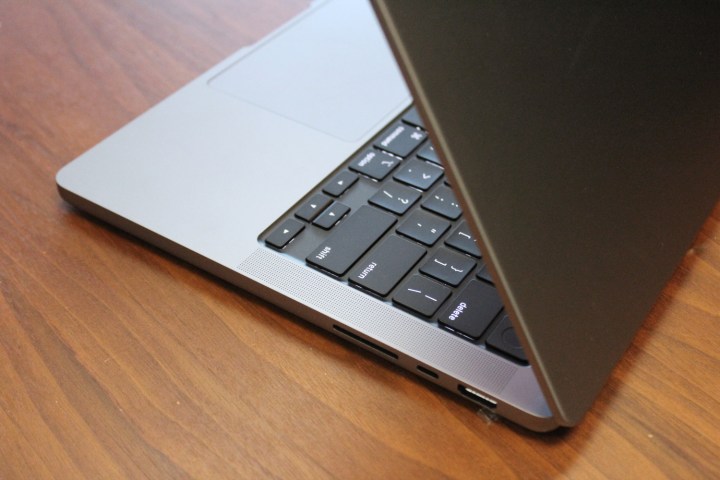
We have tested the M3 chip in two computers thus far: the iMac and the 13-inch MacBook Air. But based on that testing alone, it’s not hard to imagine how it would perform in both of the
In other words, you can expect the same great performance of the M3 in both the 14-inch MacBook Pro and the 15-inch MacBook Air. It should be noted that the 13-inch MacBook Air includes an entry-level GPU configuration with just an 8-core GPU. This isn’t offered in either of these larger
Both M3
Unlike the MacBook Air, however, the 14-inch MacBook Pro can be configured up to the M3 Max with 16 CPU cores and 40 GPU cores. As you can see below, that gives a huge boost to video encoding and exporting. It should be noted, however, that the scores you’re seeing are for the most powerful version of the 14-inch MacBook Pro. The $1,599 base configuration uses an 8-core CPU/10-core GPU M3 processor that will give you much less to work with.
Both
But if you’re new to Apple Silicon MacBooks, you’ll be shocked by how long these
Display and speakers
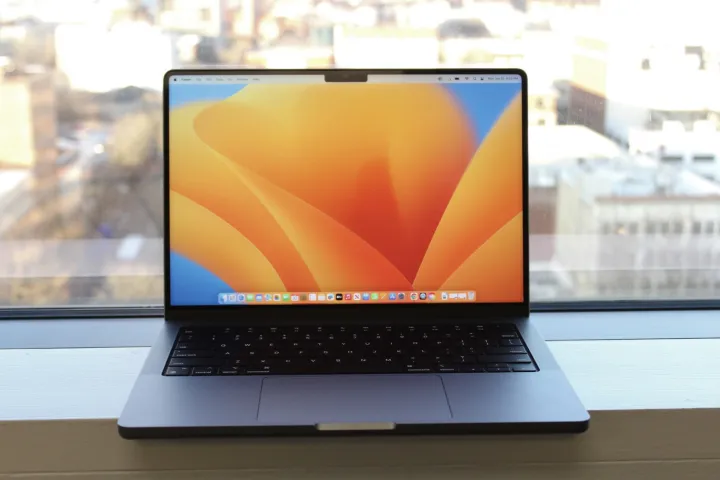
Another MacBook Pro 14 advantage is its 14.2-inch mini-LED Liquid Retina display running at 3024 x 1924 (254 PPI) resolution, which provides superior sharpness, brightness, color, and contrast compared to the standard IPS Liquid Retina display on the MacBook Air line. This includes the MacBook Air 15, which has a 15.3-inch IPS Liquid Retina display at 2880 x 1864 (228 PPI).
Both displays should offer similar colors, in terms of both gamut and accuracy. But the Mini-LED panel on the MacBook Pro 14 will get much brighter, especially for high dynamic range (
The MacBook Air 15’s display is also excellent, but the MacBook Pro 14 provides a truly premium experience, especially with the addition of the 120Hz dynamic refresh rate.
| MacBook Air 15 (IPS) |
MacBook Pro 14 (Mini-LED) |
|
| Brightness (nits) |
475 | 562 |
| AdobeRGB gamut | 100% | 100% |
| sRGB gamut | 90% | 92% |
| Accuracy (DeltaE, lower is better) |
1.23 | 1.2 |
| Contrast ratio | 1,200:1 | 562,480:1 |
Both
While the 15-inch MacBook Air is surprisingly competitive, the 14-inch MacBook Pro does offer more bass, providing a more robust sound profile. But really, both sound amazing.
Leave the MacBook Pro for the pros
With these two
But if you’re leaving this entire comparison still unsure about what direction to head, let me offer one more bit of advice.
If you’re enticed about the extra performance of the 14-inch MacBook Pro but are bummed about the price, I’d recommend taking a look at prices for last-gen machines. There are refurbished versions floating around that are as cheap as the 15-inch MacBook Air but will provide far better performance. These
Aside from that, I’d recommend getting to an Apple Store to see the two machines side by side. The difference in screen size and overall dimensions might help you get a better idea of which you’d be more comfortable with.
Editors' Recommendations
- The XPS 16 is fighting an uphill battle against the MacBook Pro
- MacBook Pro 16 vs. MacBook Pro 14: The important differences
- The best MacBook to buy in 2024
- Best laptop deals: Save on the Dell XPS 14, MacBook Pro 16 and more
- Best MacBook deals: Get an Air for $605 and save on M3 MacBook Pro


